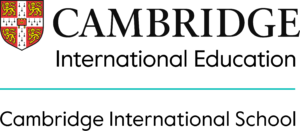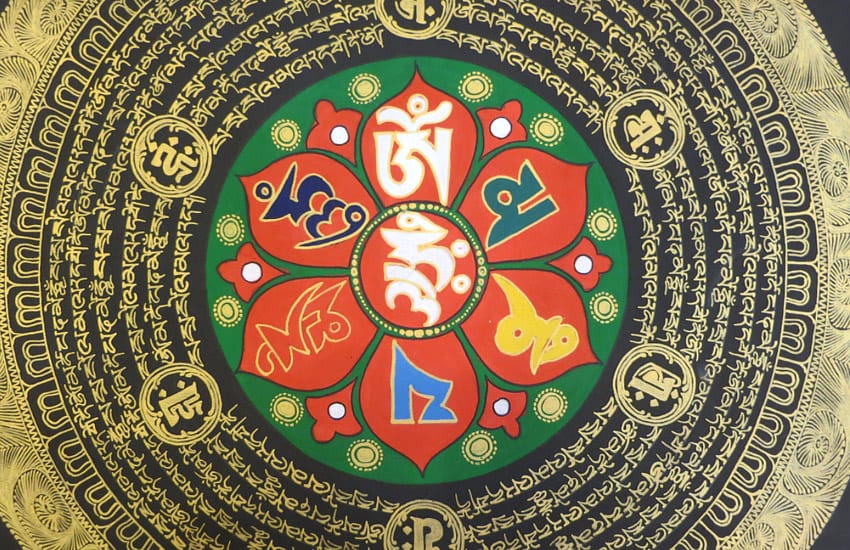Thangka paintings are Tibetan Buddhist paintings on cotton or silk depicting Buddhist deities, mandalas, and spiritual scenes. They are often used for meditation, teaching, or rituals. Thankga paintings gained prominence in Ladakh around the 7th century CE with the spread of Buddhism.
Murals are painted on monastery walls and follow the same theme as Thangka paintings.
The process of making Thangka paintings involves specific materials and techniques. The artist prepares a canvas made of cotton or silk by stretching and coating with a chalk and glue mixture. Then the main outline is sketched by using a grid for proportion and symmetry. Natural pigments (derived from minerals and plants) are applied layer by layer with precision. Gold or silver is often added for fine highlights and detailing. Brushes are made from animal fur.
Thangka paintings are characterised by their use of grids to ensure proportionality and accuracy of figures and layered application of pigments for depth. They showcase symmetrical designs and delicate brushwork for faces, which are considered sacred.





